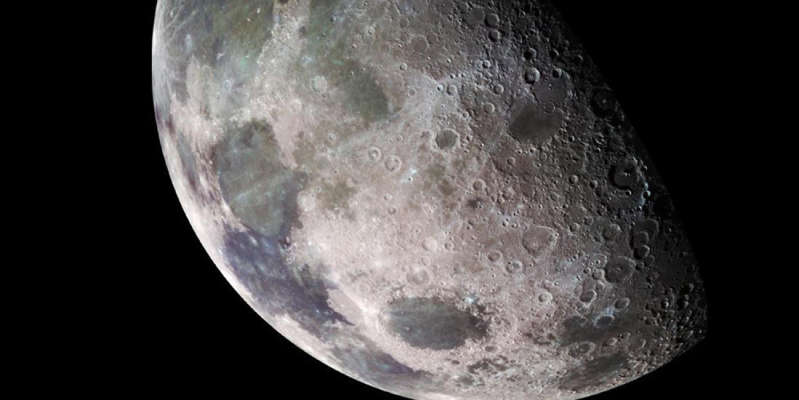
Astronomers explain the absence of the oldest asteroid craters on the moon
Scientists from the John Curtin School of Medical Research (Australia) have reconstructed the moon's early geological history. They concluded that Earth's satellite was hit by stronger asteroid impacts than was believed, reports Nature Communications.
Scientists noted that cosmic impacts should not have left noticeable traces. The surface of the early Moon was an ocean of molten magma. Therefore, the craters that appeared on it disappeared relatively quickly. They did not look like the giant funnels that formed after the cooling of the bark.
Research has shown that these events could have occurred about four billion years ago. Scientists disagree on the timing of the solidification of magma. But the cooling of the surface should have taken a long time.
“The timing of the solidification of the ocean of lunar magma varies considerably from study to study, but it may have been long enough to experience some of the major bombings characteristic of the earliest periods of the solar system's evolution,” the study said.
It is known that objects in the early solar system were subject to frequent asteroid impacts. Scientists strive to study this period as best as possible. With this data, you can better understand how the planets were formed. But traces of blows inflicted billions of years ago do not always remain. So, on Earth, they are destroyed by plate tectonics and erosion. The moon was considered the best object for research, since these phenomena are absent on it.
A new study has shown that the moon also underwent processes contributing to the disappearance of the most ancient craters. Earlier it became known that reserves of water ice may be hiding on the Earth's satellite. They occur in shaded areas.

